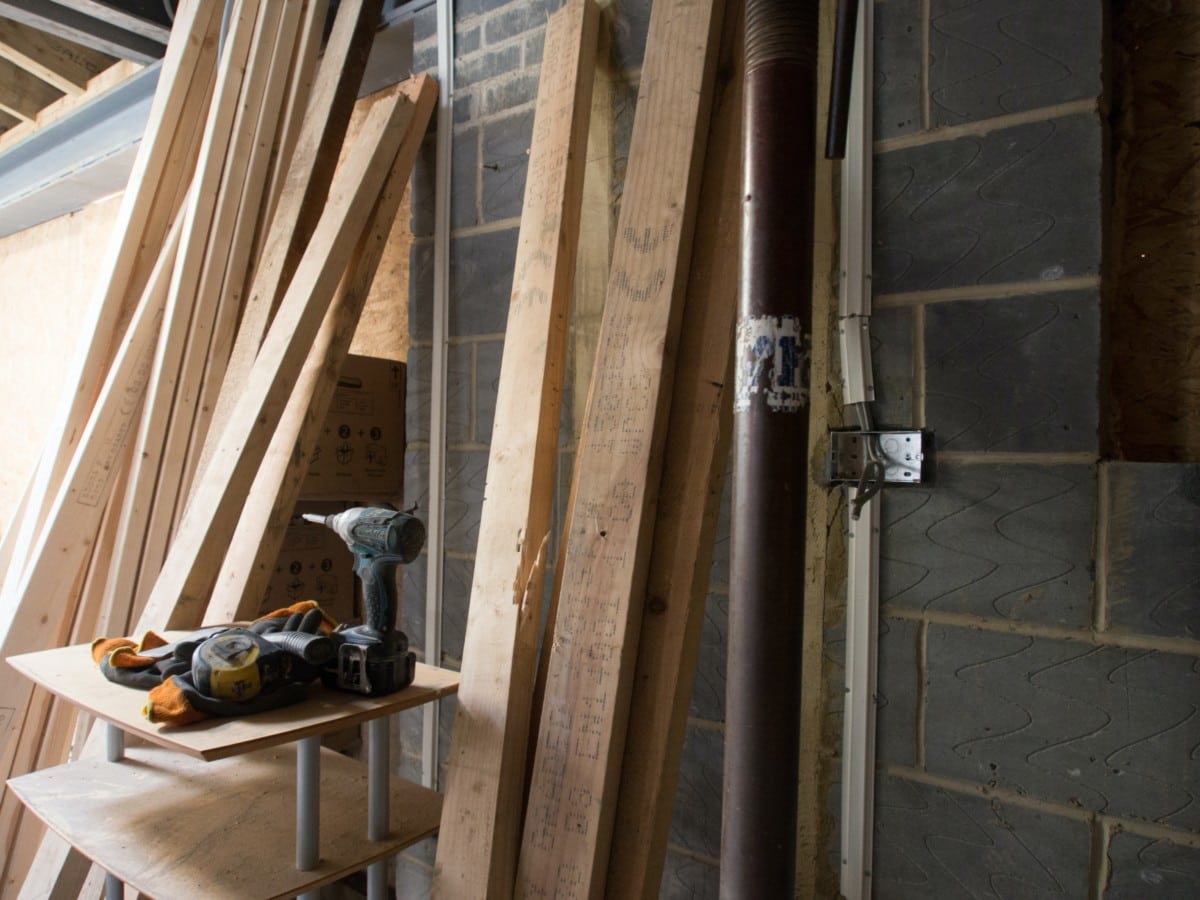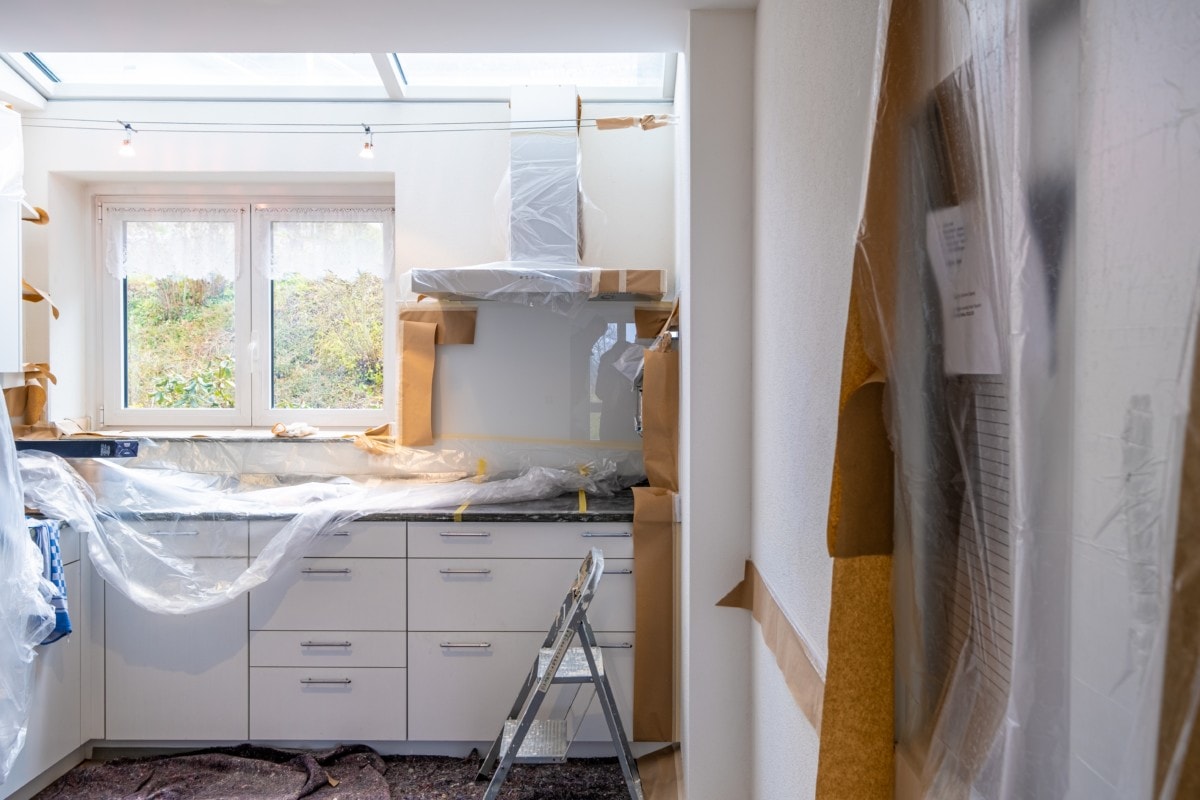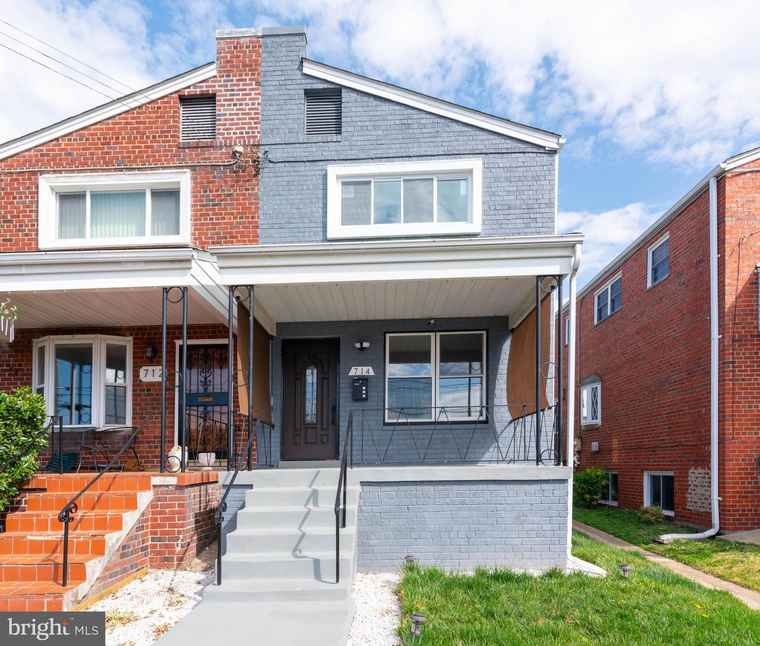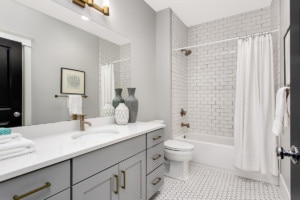Home renovations provide homeowners with the opportunity to take their house and turn it into a home they’ve always dreamed of – all while increasing the home value. And, with the change of seasons, maybe you’ve decided it’s time for something new. Whether you recently purchased an older home, or have been living in the same house for years, you can make your dream home a reality with the help of this renovating a house checklist.
Renovating a house can be a scary concept – where do you start? Who do you call? But before you get overwhelmed, we’ve created a checklist to help answer all your questions and guide you through the home renovation process. From strategizing a plan and budgeting to hiring a professional and putting the finishing touches on your home, read on to see just how you can make renovating a house that much simpler.

Renovating your home?
Find out what your home's worth, edit facts, and see the impact of home projects.
Renovating a house checklist: Where to begin
Renovating your home?
As you research what to expect during a home renovation, you should also outline your ideas and plans – maybe you’re interested in adding an office or redoing the kitchen, the possibilities are endless. Make sure you know what your goal is for the renovation and keep in mind that the project likely won’t be completed all at once.
PRO TIP: Dare to dream! …and work with someone with the expertise, insight, and creativity to make those dreams a reality. –Essential Habitat
To determine your budget, prioritize which projects are on the top of your list and what you can live without. Need help figuring out which renovations you want? Consider popular home trends in your area to help narrow down your options. Make sure to budget for any problems that could arise during the initial structure check as well as any problems during demolition. Creating a budget buffer can give you peace of mind if there are any unexpected issues or surprises down the road. Once you have established your budget, you can begin creating a reasonable time frame to help you stick to a schedule. After planning your renovation, you will need to make sure you have the appropriate home improvement permits depending on the type of projects you have in mind.
Take this time to look over your plans and decide which professionals to hire when renovating your house. From structural engineers and plumbers to architects and contractors, there are countless professionals who can help you achieve your home renovation goals.
PRO TIP: Here at CCO Habitats we take pride in the art of design. The key to the design is being faithful to your own inclinations because your taste will never go out of style. –CCO Habitats

1) Renovating a house checklist: Begin with the fundamentals
For a total house renovation, the rule of thumb is simple: make sure the structure is solid before starting on major projects. This includes checking the foundation, electrical systems, plumbing, flooring, and roofing. Older houses are more likely to develop these problems, but it’s important to check all your bases no matter how old your house is. There are ways for you to confirm the condition of your home’s structure, but when you do start to see issues arise, it is essential that you include a structural engineer to help resolve any problems.
PRO TIP: Focus on functionality first when getting ready to remodel your home. Consider how you currently live and use the space. For example: Do you all eat at a kitchen island? Are there two cooks in the kitchen at once? Do you feel like the placement of appliances work together? Write everything down as it relates to what works and what doesn’t. Next, create your wish list of what you want for your future remodeling transformation. Take stock of what is a must-have and what is nice to have. This will set you up for a smoother experience with your designers and remodelers – one where everyone is more quickly on the same page. –Feinmann
PRO TIP: There is a misconception Architects are only for big projects, this is false. Even consulting in small projects add immense value to a project’s success. Architects are trained to optimize value, function, property, aesthetics, as well as building and zoning code requirements. Whether it’s a new house, addition or renovation, the architect’s role is vital and should be considered when starting a project of any size. –Andreozzi Architecture
Foundation
For signs of foundation issues look for doors and windows not shutting properly or cracks and gaps along the edges of the wall and floor. If you suspect any issues with the foundation, a structural engineer can help diagnose the problem and create a plan to address any repairs.
Plumbing and electrical
You should also have your plumbing and electrical systems checked before beginning any renovations. Both plumbing and electrical systems should be up to date so they’re equipped to handle modern-day appliances and piping. If your house was built before the 1960s, it is a good idea to swap out your pipes and wires, making your home more reliable for years to come.
Roofing
No matter where you live, a strong and protective roof is essential. Knowing when you need it repaired vs. replaced is something you should pay attention to. If the roof is on the newer side, watch for loose shingles and repair as needed. Roof damage that may result in a complete replacement includes wall and ceiling stains from leaks and trapped moisture, attic leaks from damaged shingles, exterior paint peeling from trapped moisture, and cracked shingles.
PRO TIP: When applied, “Knowledge is king”. The better prepared you are in the planning stage, the greater success of your Project coming in on time and budget. Draw and specify everything you can, acquire all municipality and local/private approvals e.g. Department of Buildings (DOB), Alteration agreements, Community Boards, Covenants, Landmark’s, etc. Notify and document neighbors’ pre-existing conditions and create a jobsite safety plan. Eliminate all risks as best you can. -Duce Construction

Bring the holidays home with Redfin Redesign
Claim your home to create your ideal holiday space with garlands, lights, and festive touches, or use Redesign on any Redfin listing!2) Renovating a house checklist: Interior demolition
Now, it’s time to start designing your interior. If you planned on demolition, you have two options: DIY or connect with a contractor. Your budget will help determine if DIY or working with a professional is the right option.
Constructing the inside of your home can mean totally reinventing your living space. Take down walls to open your space up or reconstruct your home’s floor plan and construct new walls. If you upgraded your electrical systems or plumbing, your walls will already be open so now is a good time to insulate and close them with drywall. Starting interior demolition room-by-room will help keep the renovation organized. Here are four interior changes to consider adding to your renovating a house checklist:
PRO TIP: If Covid has taught us anything, it’s that for many of us our houses don’t reflect the way we live. Formal living rooms? Who needs one when we’re working from home, the kids need homework areas and mom has a side hustle making candles? Let’s repurpose those rarely used spaces for rooms that we need! Look at your houses with fresh eyes and realize that there are no rules. Our physical homes, the bricks and sticks, should holistically house our lives as we live them: work zones, play areas, laundry and even more laundry, movie rooms, etc. –Icon Building Group
Built-ins
Believe it or not, built-ins can provide value to a home. Built-ins are custom-made, permanent storage that adds character to your home. They come in many different forms – shelving, dining nooks, closets and much more. Not only are built-ins a great way to save space, but they can help create a unique and long-lasting feature in your home.
Windows
Upgrading windows can not only enhance your curb appeal but can improve your home’s efficiency. That way you can enjoy the seasons through crystal-clear windows, while also investing in your home’s value.
Cabinets
Although mostly a cosmetic touch, upgrading your cabinets can enhance the design of any space – kitchen, bathroom, or hallway. If new cabinets are not in your budget, a fresh coat of paint can go a long way to bring a fresh look to a newly remodeled home.
Flooring
Flooring plays a huge role in your home renovation. Should you opt for tiles or carpet? Real wood or vinyl? These are questions that play into your home renovation goal. Maybe you have a pet that likes to scratch up carpet? You may want to opt for tile. Maybe you live in a city with cold winters like Vancouver, BC, or Buffalo, NY? Carpet may be a better fit. Deciding what flooring fits best with your needs will help you answer these important remodeling questions.

Looking to save money on your mortgage?
3) Renovating a house checklist: Home furnishings
Now you’re on the home stretch. Home furnishings will tie in everything you have accomplished during this renovation process and bring your home to life. New wall paint, plant additions, pillows, and rugs can make all the difference. Once you incorporate these new pieces in your home, implementing basic feng shui home design into your space helps ensure your home brings you positive energy.
The commanding position is one of the most important feng shui principles to help align your home. With this position, you are not directly in line with the door but are facing it. Just make sure your furniture is never positioned so your back is turned to the door. This simple trick can boost your energy and give you the style you’ve been looking for.
PRO TIP: Look for inspiration/ideas from examples that compel/inspire you…. then consider what aspects speak to you, is it the volume of the room, or the materials, or the lighting, or the views? Do these aspects translate to your space? –Campfire Collaborative Architecture & Design
After your home is furnished, the renovation process is complete. Take a deep breath and appreciate your accomplishments. There are many different routes to go about renovating, but we hope this renovating a house checklist will help you start on the right path towards creating your dream home.
























